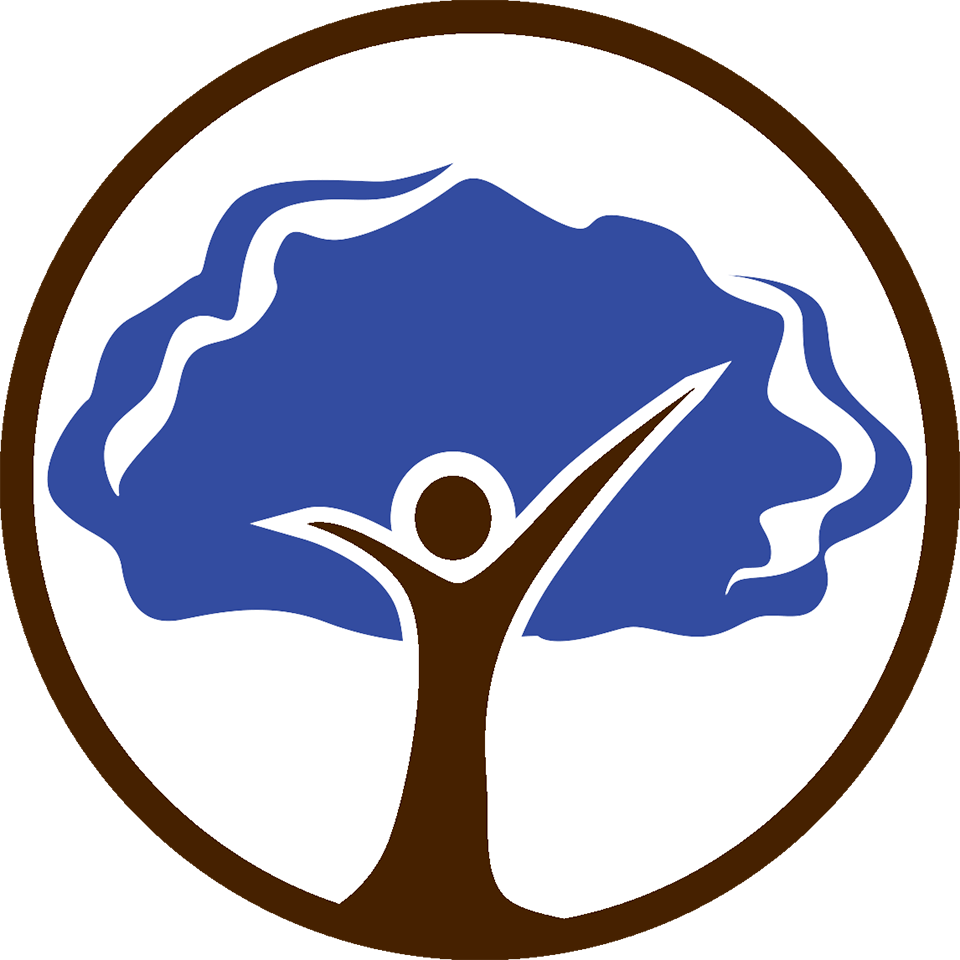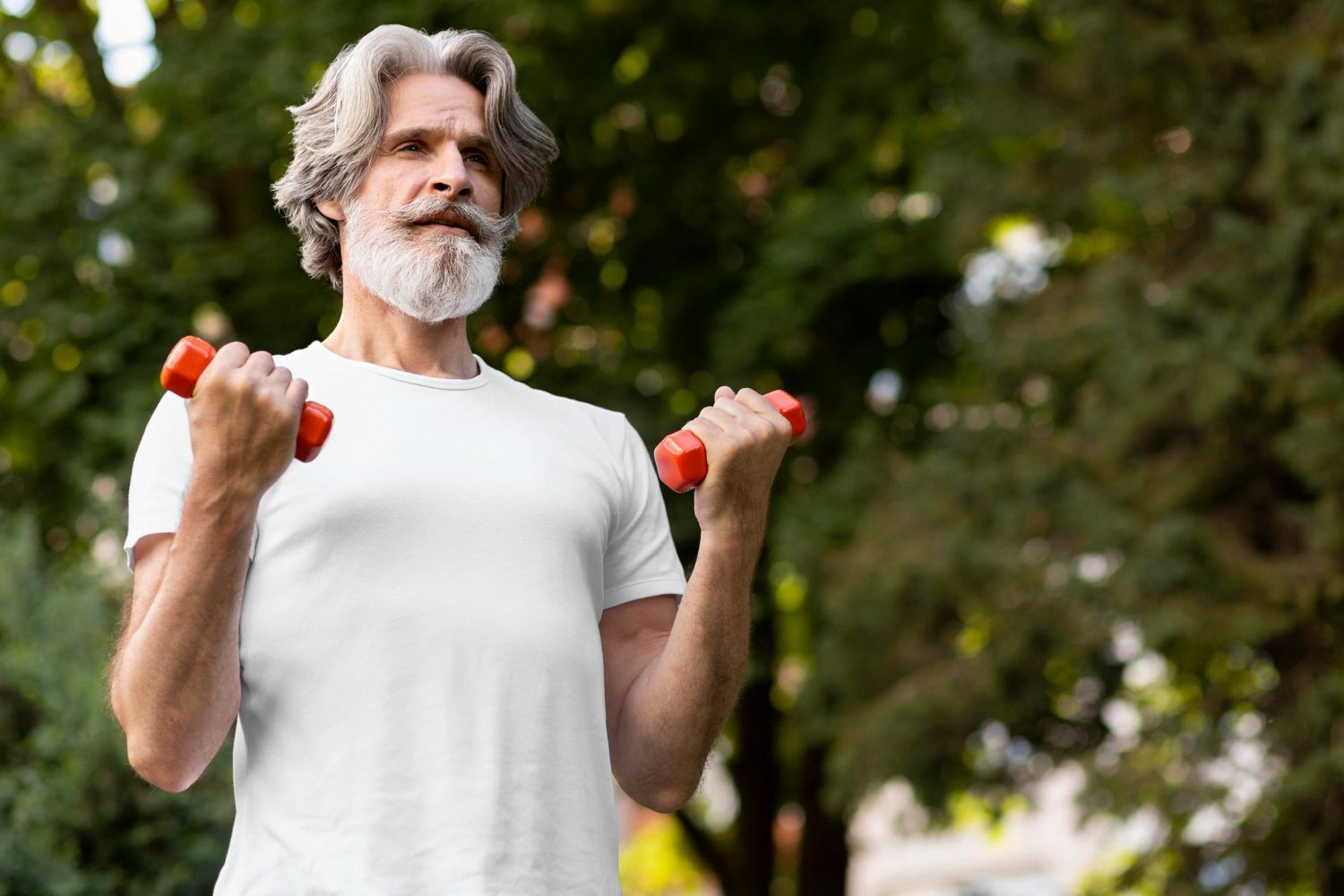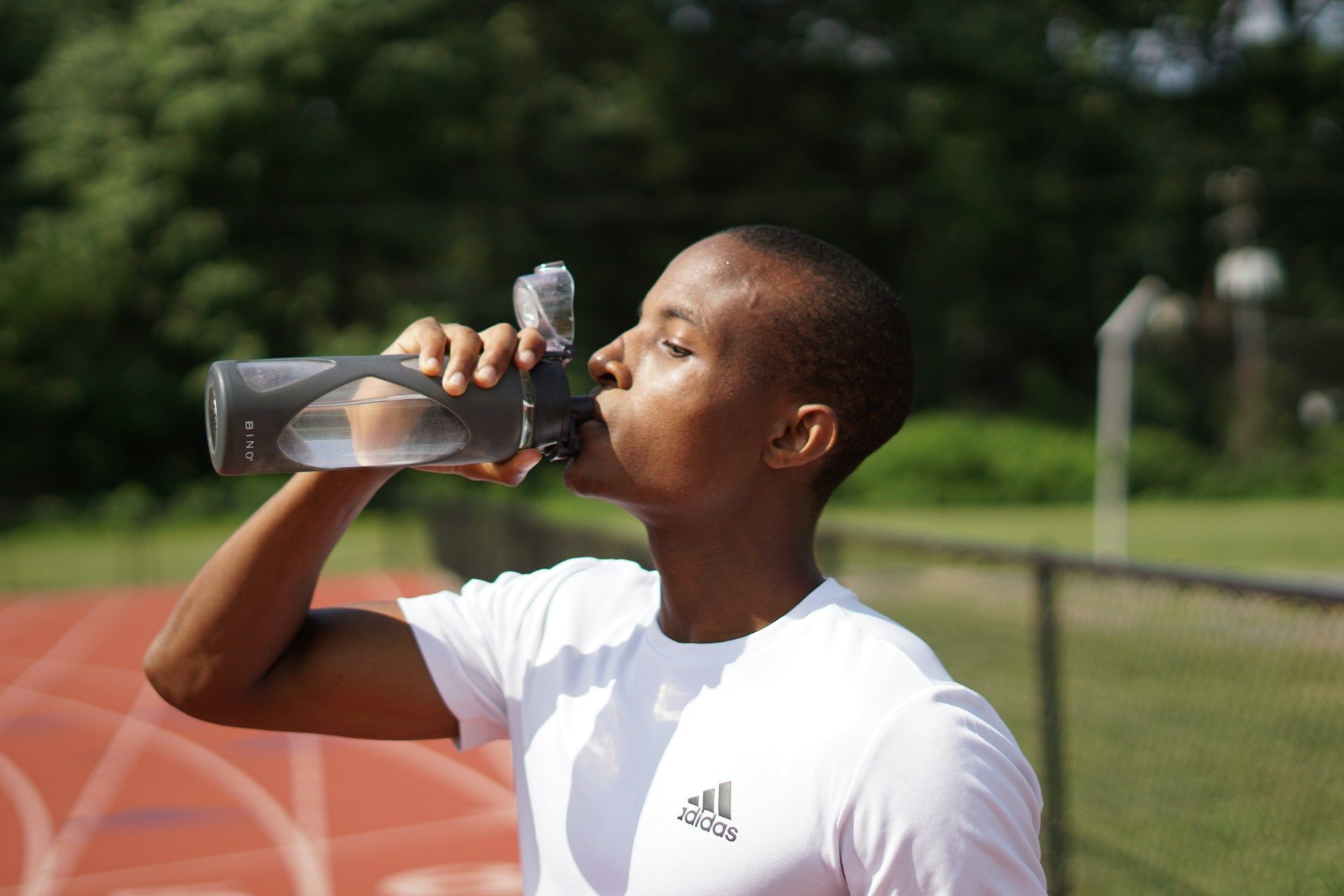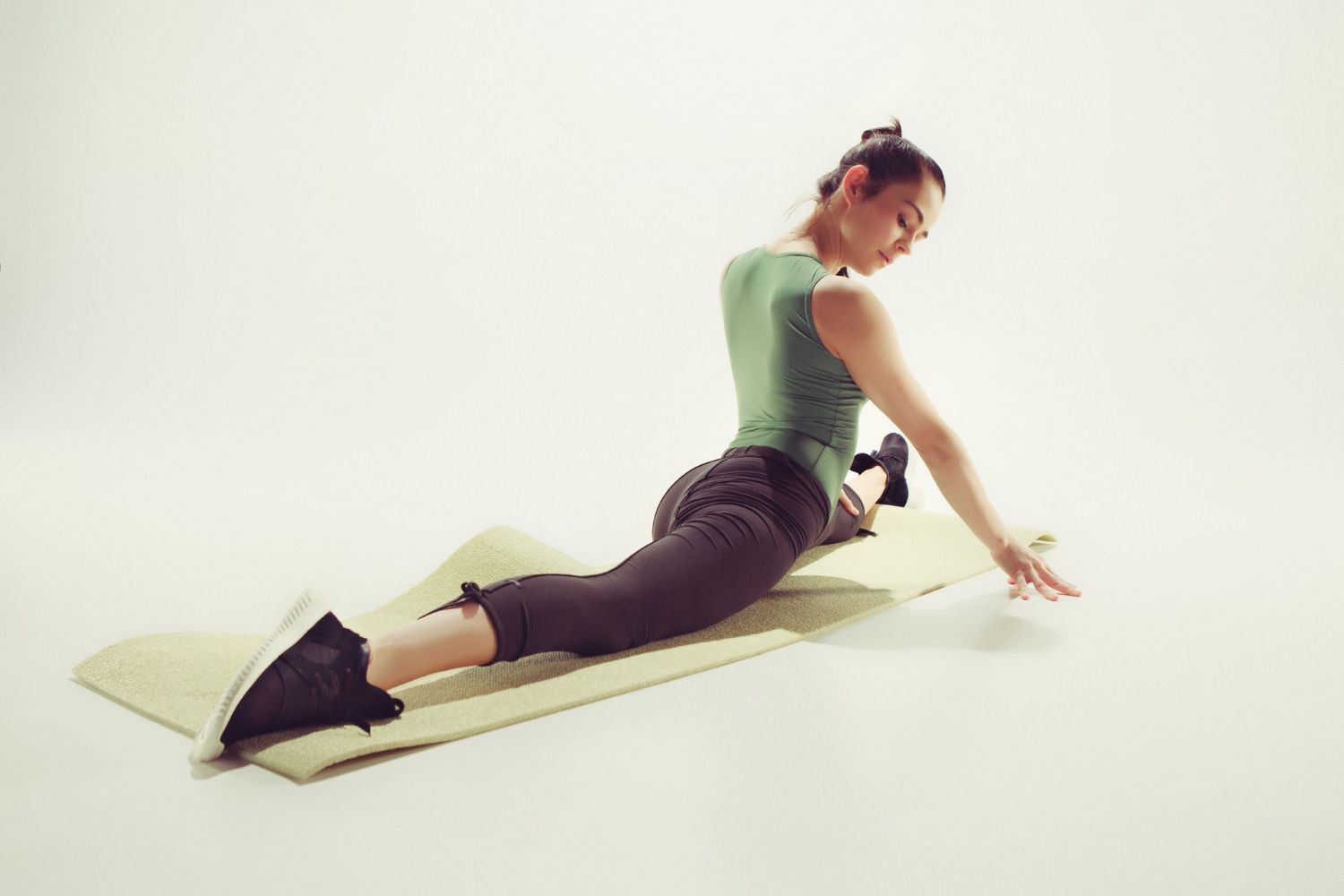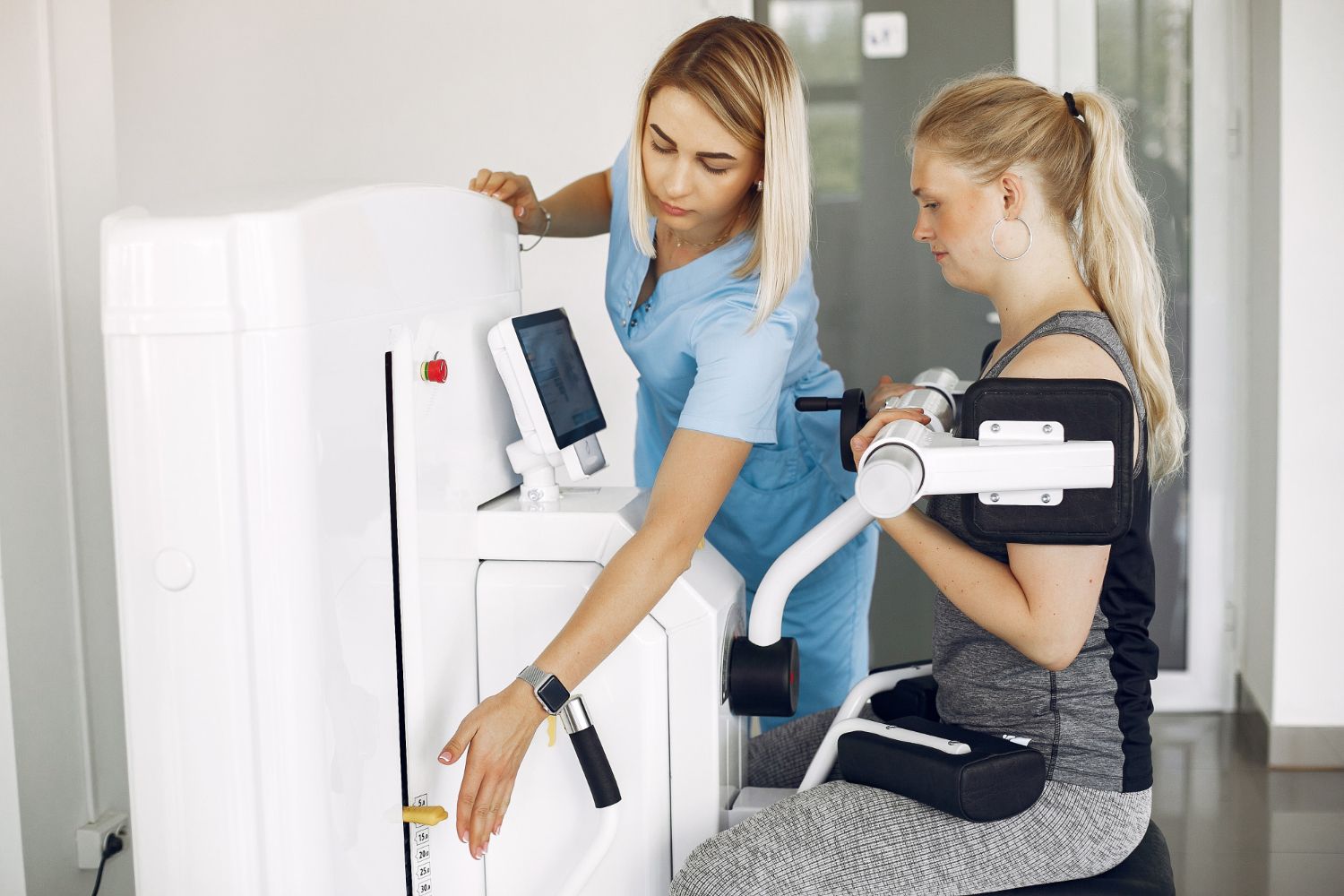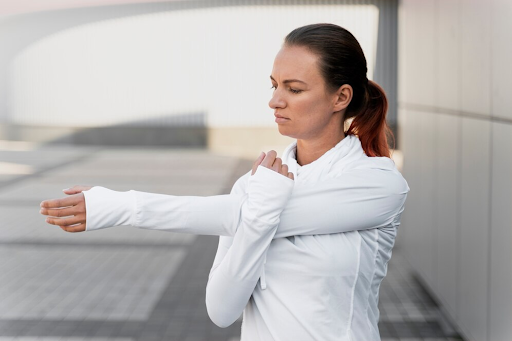Training Elderly Clients: 11 Things You Need To Know
In today's society, there's a growing awareness of the importance of staying healthy and active well into old age. As a fitness trainer, you have the potential to make a positive impact on the lives of elderly clients, helping them maintain, or even improve, their overall health and well-being. But to be truly effective in your role, it's crucial that you understand the unique needs and challenges associated with training elderly clients.
In this blog post, we'll explore 11 important tips that will help you become a better, more empathetic, and knowledgeable trainer for your elderly clients.
Understanding the Unique Needs of Elderly Clients
Before diving into specific training strategies, it's crucial to be aware of the unique physiological and psychological factors affecting elderly individuals. Age-related muscle loss (sarcopenia), decreased bone density (osteoporosis), and reduced cardiovascular capacity are common issues faced by older adults. Additionally, they may experience arthritis, balance issues, or cognitive decline, which can impact their ability to perform exercises safely and effectively. By understanding these challenges, you'll be better equipped to address their needs and help them achieve their goals.
1. Comprehensive Fitness Assessment
A thorough fitness assessment is the first step in developing a safe and effective exercise program for the elderly. This should include an evaluation of their current fitness level, medical history, and existing limitations. Assess their flexibility, strength, balance, and cardiovascular endurance. Gaining clear insight into their needs and abilities will allow you to develop a personalized program that caters to their specific goals.
2. Emphasize Functional Training
Functional training focuses on strengthening the muscles and movements required for daily activities. For elderly clients, this might include exercises that improve their ability to walk, climb stairs, carry groceries, or rise from a chair. Incorporate exercises that mimic these tasks – such as squat variations, step-ups, and weighted carries – to help maintain their independence and quality of life.
Mastering the Art of Communication and Motivation
Building trust and rapport with elderly clients is crucial for their adherence to an exercise program. Take the time to establish a connection, show empathy, and actively listen to their needs and concerns.
3. Adapt Your Communication Style
Your communication style should be tailored to accommodate potential issues, such as hearing impairment or cognitive decline. Speak clearly and at an appropriate volume, using simple language to explain exercises. Be patient, and provide ample opportunities for questions and clarification.
4. Set Realistic and Achievable Goals
Help your clients set realistic fitness goals that are meaningful to their daily lives. Celebrate their achievements and progress, as this builds confidence and motivation. Additionally, regularly reassess their goals and modify the exercise program as their needs change.
Creating Safe and Engaging Workout Sessions
Safety is of utmost importance when training elderly clients. Follow these tips to ensure their workouts are appropriately challenging while minimizing unnecessary risks.
5. Prioritize Balance and Stability
Incorporate balance and stability exercises into every session to help combat the increased risk of falls with aging. Implement exercises like single-leg stands, toe taps, and tandem walks to improve their balance and coordination.
6. Monitor Intensity and Duration
Exercises should be challenging but not overly strenuous. Find the right balance by monitoring your client's heart rate, perceived exertion, and physical signs like labored breathing or excessive muscle fatigue. Keep sessions shorter, around 30-45 minutes, to avoid overexertion.
7. Progressive Resistance Training
Strength training is essential for maintaining muscle mass and bone density, but it's important to start with lighter weights and gradually progress. Begin with low-intensity resistance exercises using body weight, resistance bands, or light weights, and slowly increase the load, volume, and complexity as they become stronger.
8. Adapt Exercises To Suit Individual Needs
Be prepared to modify exercises based on your client's abilities and limitations. This might involve changing the range of motion, providing additional support, or selecting alternative exercises that are more suitable for their current level.
Promoting a Holistic Approach to Health and Wellness
Incorporating elements of mental and emotional well-being into your training sessions can have a profound impact on your client's overall health and quality of life.
9. Encourage Mindfulness and Breathing Techniques
Teach your clients the importance of focusing on their breath during workouts and incorporating mindfulness techniques to manage stress. This can improve their exercise performance and overall well-being.
10. Promote Social Interaction
Group exercise classes or partner exercises can encourage social interaction among elderly clients. This helps combat feelings of isolation and provides additional motivation through the camaraderie of group workouts.
11. Highlight the Importance of Nutrition
Discuss the significance of a balanced diet, emphasizing the benefits of proper nutrition for maintaining strength, energy, and overall health. Offer age-appropriate recommendations, such as prioritizing protein intake and consuming nutrient-dense foods.
Conclusion
Training elderly clients presents unique challenges and opportunities for fitness professionals. By considering their specific needs, goals, and limitations, you can create engaging workouts that boost their overall well-being. Foster a sense of trust and rapport, prioritize safety, and embrace a holistic approach to health and wellness. Ultimately, your efforts will have a lasting impact on your client's quality of life and independence.
If you're seeking the
top personal trainer in St. Simons Island and Decatur, GA, Live Oak Fitness is your ultimate destination. Contact us today and enjoy what our
health fitness center has to offer!
